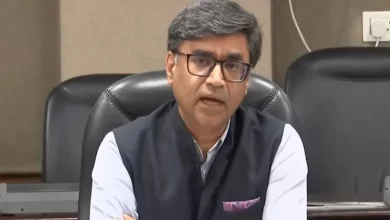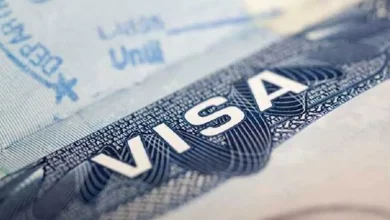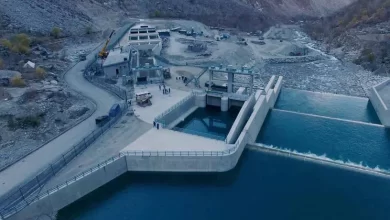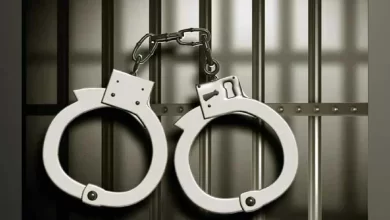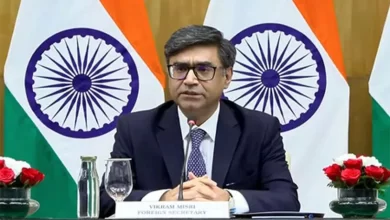Switch from ULEZ to ‘Pay as You Drive’ could see London drivers charged different amounts depending on income
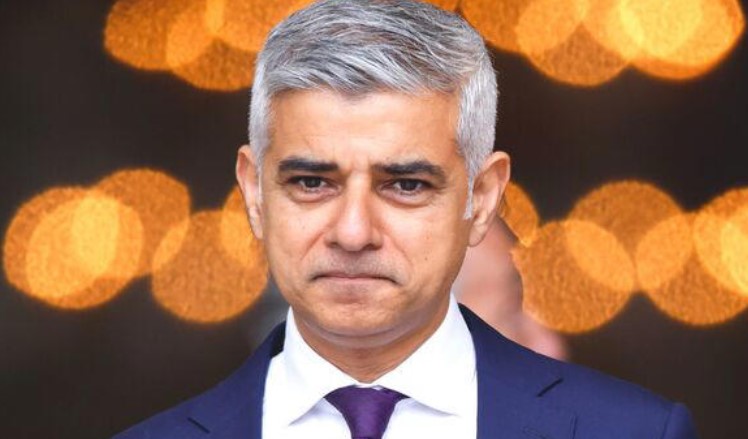
London drivers could be charged different amounts to drive in the capital under proposals to replace the Ultra Low Emissions Zone and other road-charging schemes in the capital.
It comes after the Mayor announced plans to expand the £12.50 a day charge on the most polluting cars London-wide next year. Transport for London has said it is starting to look at how future road charging could be used within London to tackle air pollution, the climate emergency and traffic in one “smarter” scheme. That could include replacing existing charges with a road user charging scheme that uses “more sophisticated technology” such as tracking how far people drive to charge them different amounts.
Silviya Barrett, director of policy and research, at the Campaign for Better Transport told the London Assembly on Wednesday: “This has the potential to save drivers money. Many drivers are attracted to the idea of paying less if they drive less”.
She added: “You could even vary it by people’s income,” a move that would support drivers with the cost of living. The “smart” charge could also be varied by time of day and location to manage congestion – with drivers charged less to drive at quieter times. The scheme would involve tracking cars, but people could potentially “opt out of tracking” by paying a lump sum like the current flat daily charge.
Nick Bowes, head of the Centre for London think tank, said: “If London makes this work, it could be a revenue generator for the city” – in other words, London could sell the technology to other cities. The is no city in the world yet with such smart road user charging, with Singapore’s electronic tolls being the nearest example.
Nick Bowes added that Londoners might be open to being tracked by TfL: “Londoners trust the contactless payment scheme for TfL to charge them the right amount…People generally trust TfL and the brand.” Deputy Mayor of London Joanne McCartney said: “If it’s done properly, it could be fair across many areas – congestion, climate, cost and so forth.”
The Mayor has set a target for London to be a net zero carbon city by 2030. This January, a report by Element Energy, commissioned by the Mayor found that car vehicles kilometres in London need to reduce by at least 27 per cent by the end of the decade in order for the Mayor’s target to be met.
The Mayor also has a target for 80 per cent of all trips in London to be made by walking, cycling or public transport by 2041, and for all Londoners to do at least 20 minutes of active travel each day. That has led some to suggest Londoners should be paid to cycle or walk – a move that would be logistically tricky to say the least.
And in a recent amendment to his MTS the Mayor has also set out a new traffic reduction target, to reduce car use on London’s roads by 27 per cent by 2030.
Last month, City Hall pushed a revision to the Mayor’s transport strategy saying: “Through TfL and the boroughs, [the Mayor] will seek to address the triple challenges of toxic air pollution, the climate emergency and traffic congestion through road user charging schemes including by expanding the Ultra Low Emission Zone London-wide.”
Expanding ULEZ London-wide has proven controversial with the majority of respondents to TfL’s recent consultation saying they opposed the move.


